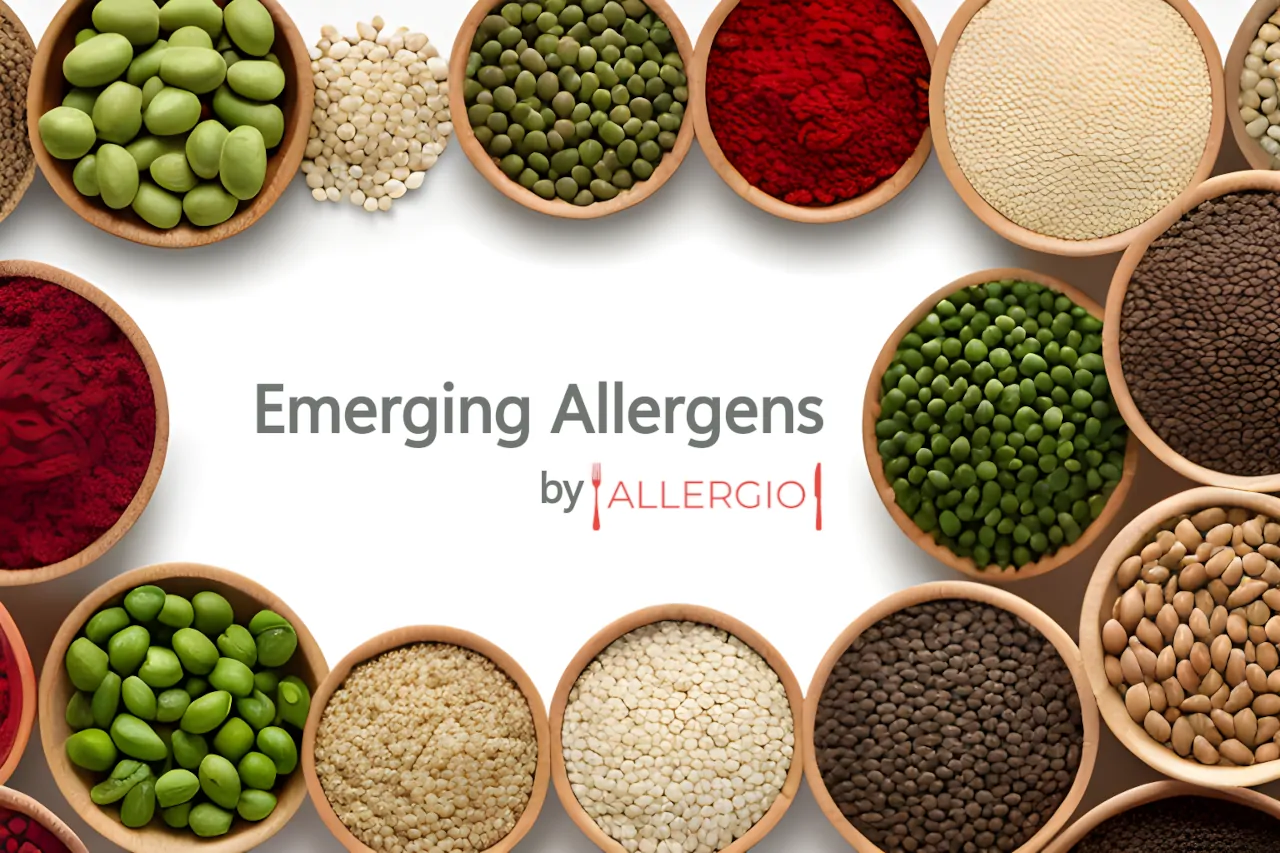The French Allergo Vigilance Network® recently published data on the increase in food allergies in France. This study reveals the emergence of new allergens. So what are these new allergens and why are their numbers increasing? Here are a few explanations.
The Evolution of Food Allergies: A Public Health Problem
Since the end of the 20th century, the number of people suffering from food allergies has been rising steadily, both in France and worldwide. In the United States, for example, there was a 50% increase between 1997 and 2011. In France, around 3% of the population is thought to be affected, and this figure rises to 8% among children. This situation represents a growing financial burden for healthcare systems.
Mandatory allergens: an evolving list
The European Union currently requires 14 allergens to be declared on food labels. However, this list is likely to change to include new allergens.
Newcomers: Emerging allergens
According to the Allergo Vigileance Network, several new allergens have been identified:
- Goat's and/or sheep's milk (2.9%)
- Buckwheat (2.7%)
- Sesame (2.36%)
- Alpha-gal (1.60%) - present in red meat
- Kiwi fruit (1.6%)
- Pulses such as peas and lentils (1.48%)
- Pine nuts (1.4%)
- Beehive products (1.22%)
Cross-allergies : A Growing Phenomenon
In addition to traditional allergies, cross-allergies are becoming increasingly common. For example, some people allergic to pollen may also develop allergies to foods such as apples, bananas or peaches.
Underlying causes
Changes in our lifestyles, particularly rapid urbanisation and the loss of dietary diversity, could be at the root of this increase. The Allergo Vigileance Network also highlights the impact of global warming and pollution on the rise in allergies.
Towards new solutions
Faced with this situation, companies are innovating to offer products adapted to allergy sufferers, including food supplements.
Conclusion
Food allergies are a hot topic that will only grow in importance in the years to come. So it's crucial to stay informed and take the necessary steps to minimise the risks.
If you found this article useful and are looking for a practical tool for managing your children's food allergies, we invite you to discover the Allergio application. It offers innovative features to help you navigate the complex world of food allergies.
Click here to get early access to Allergio.

